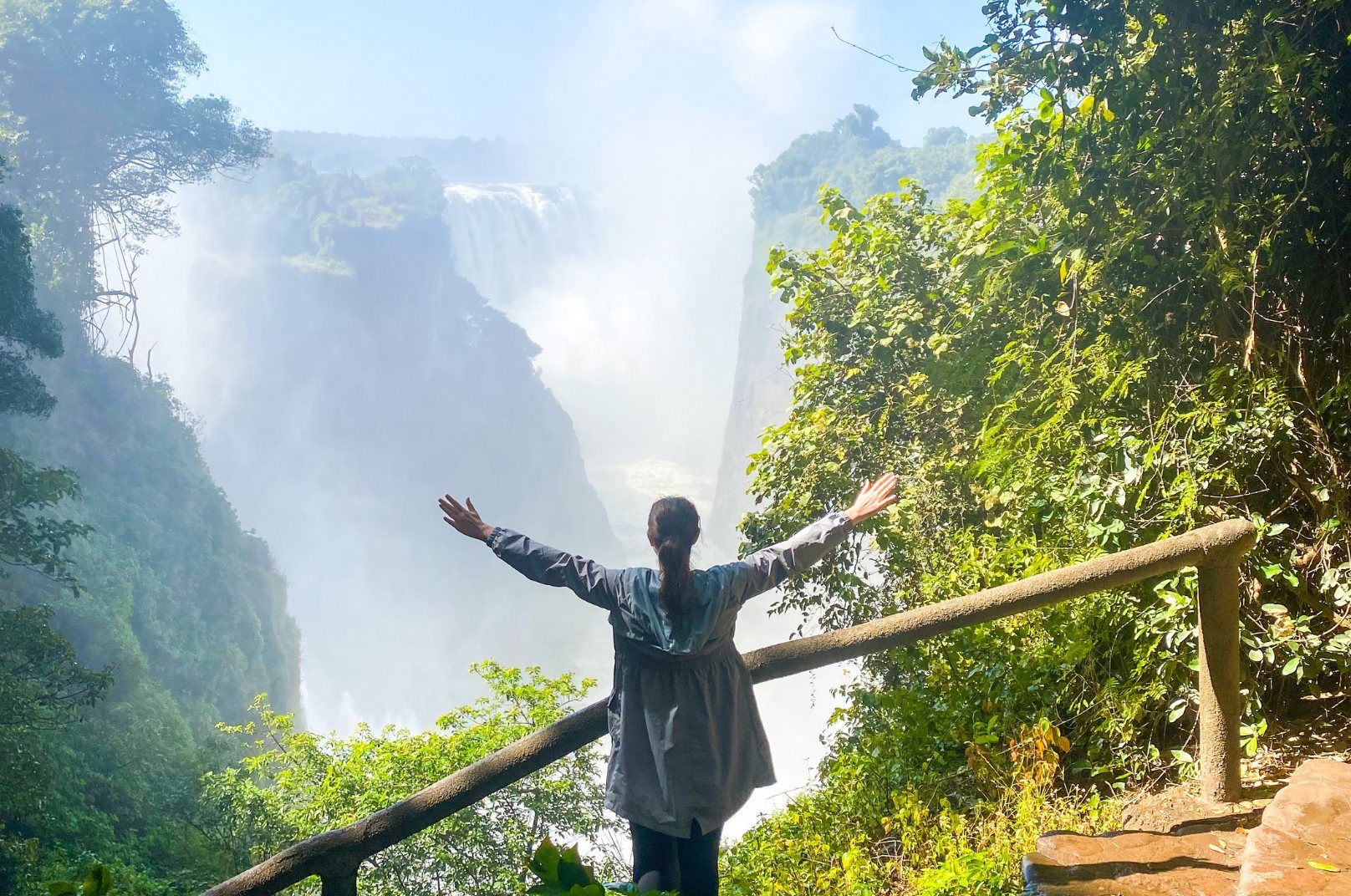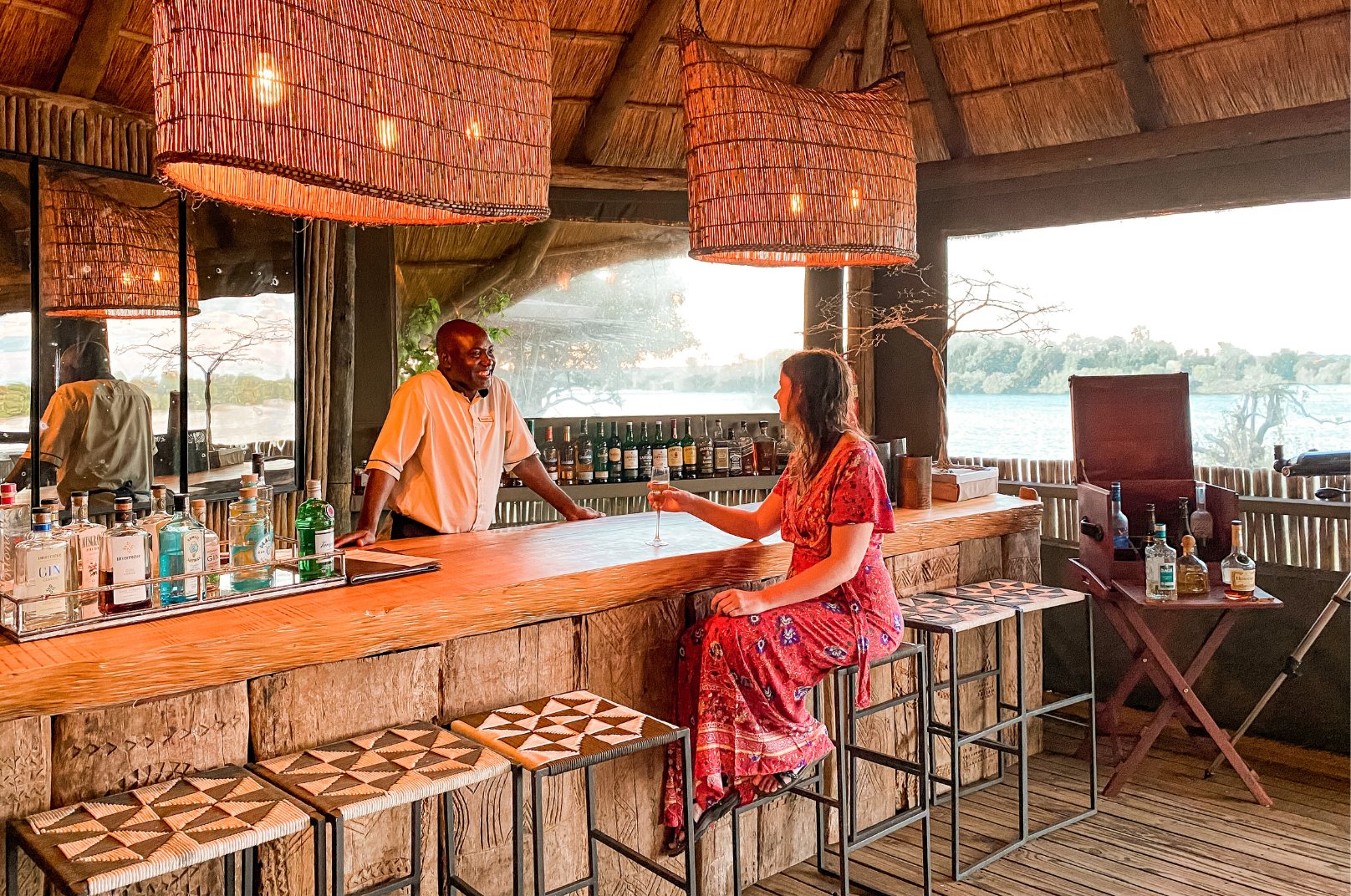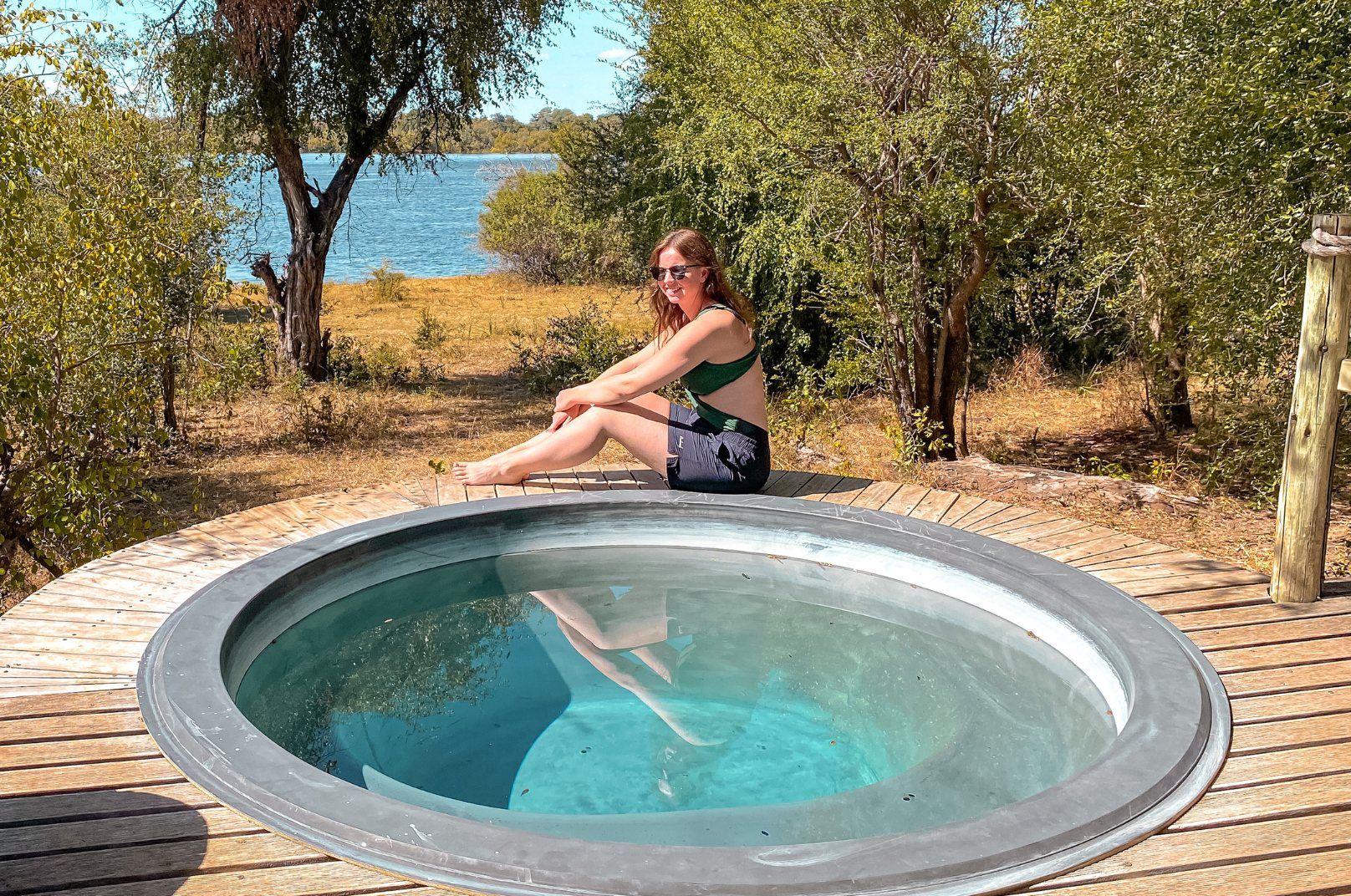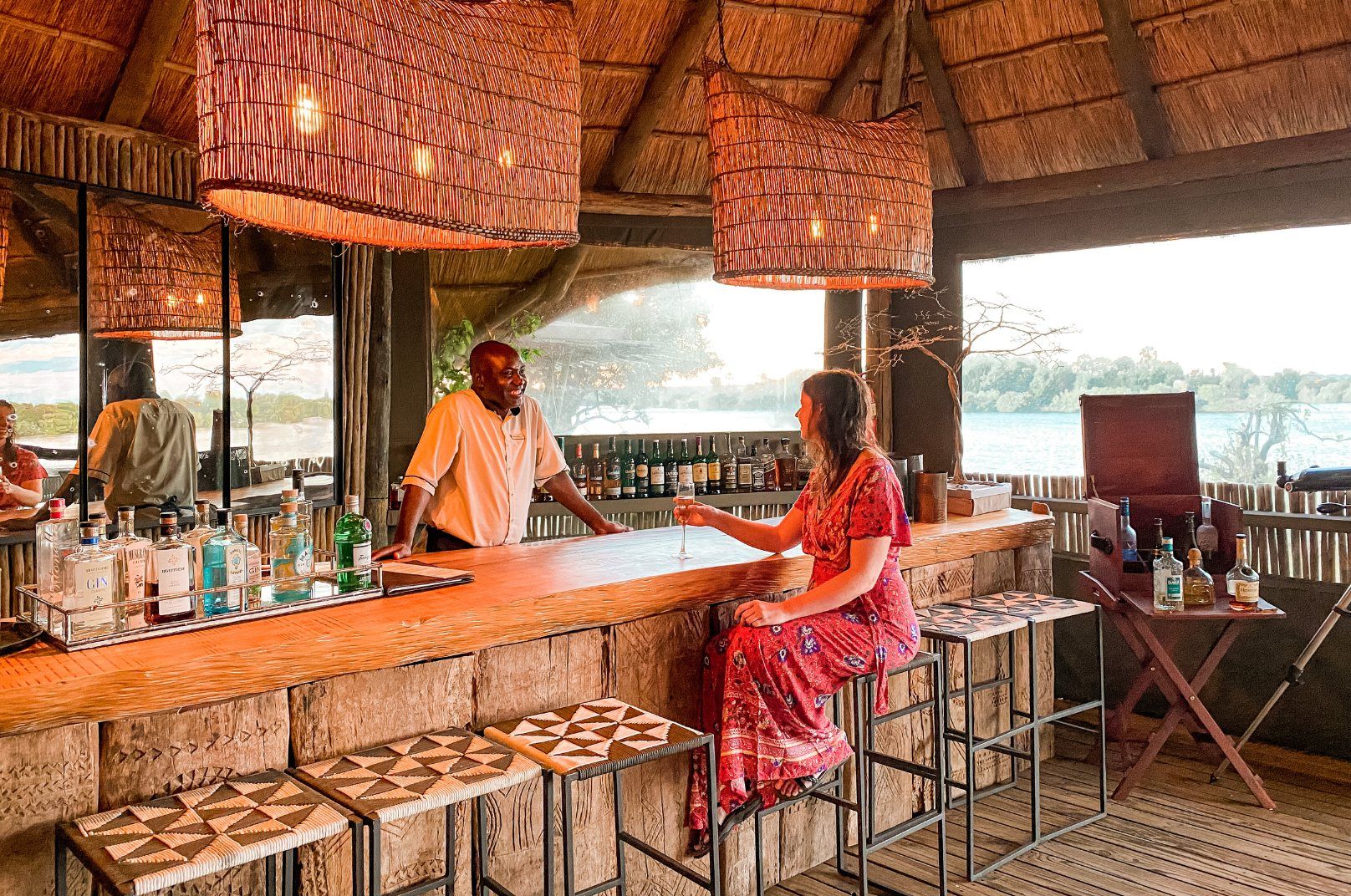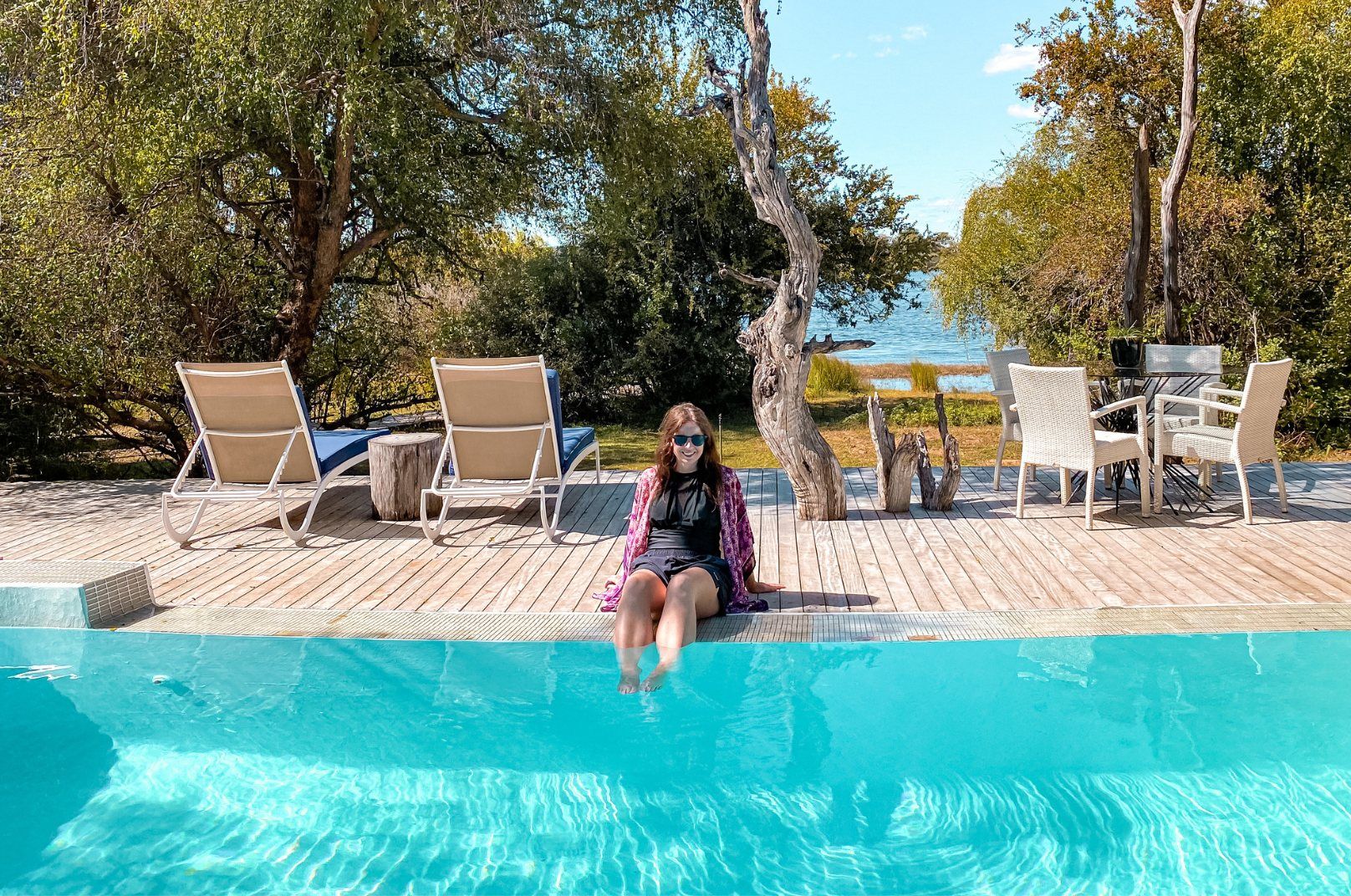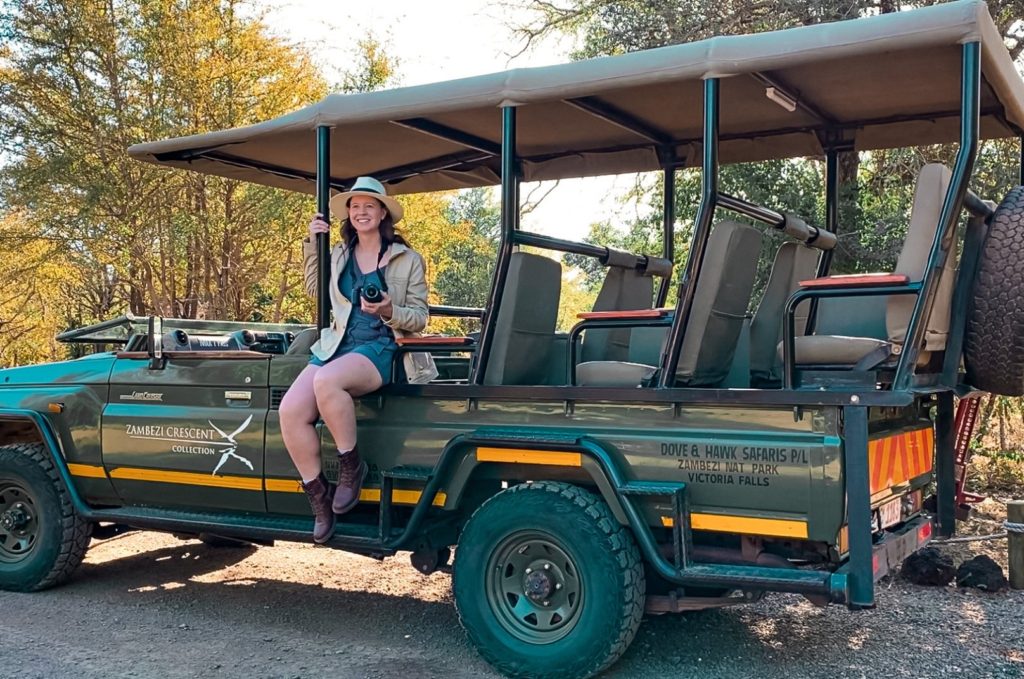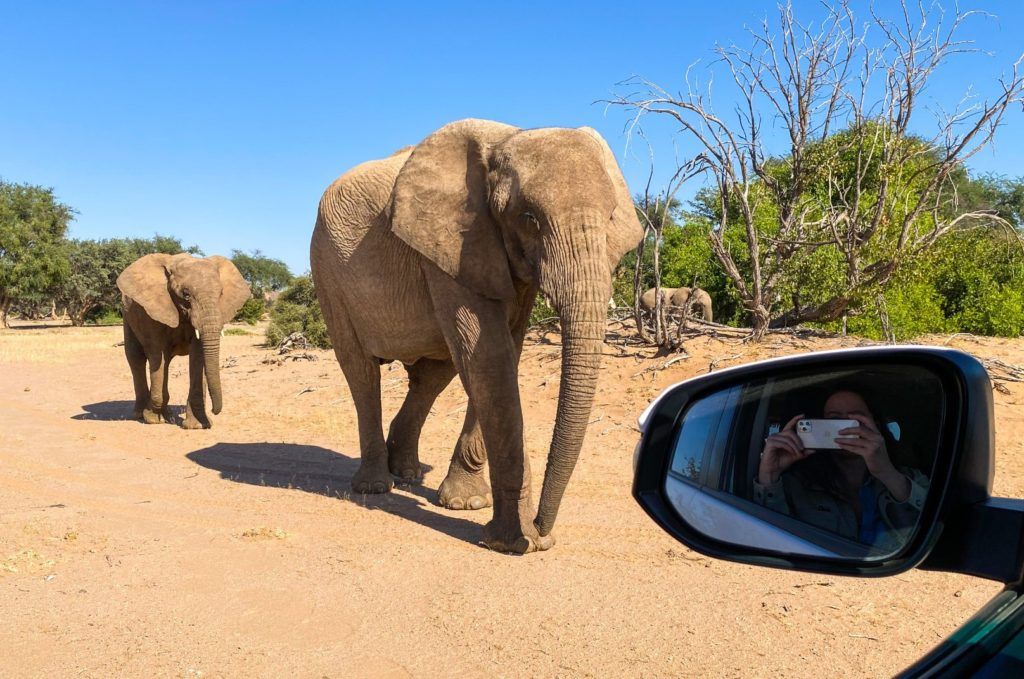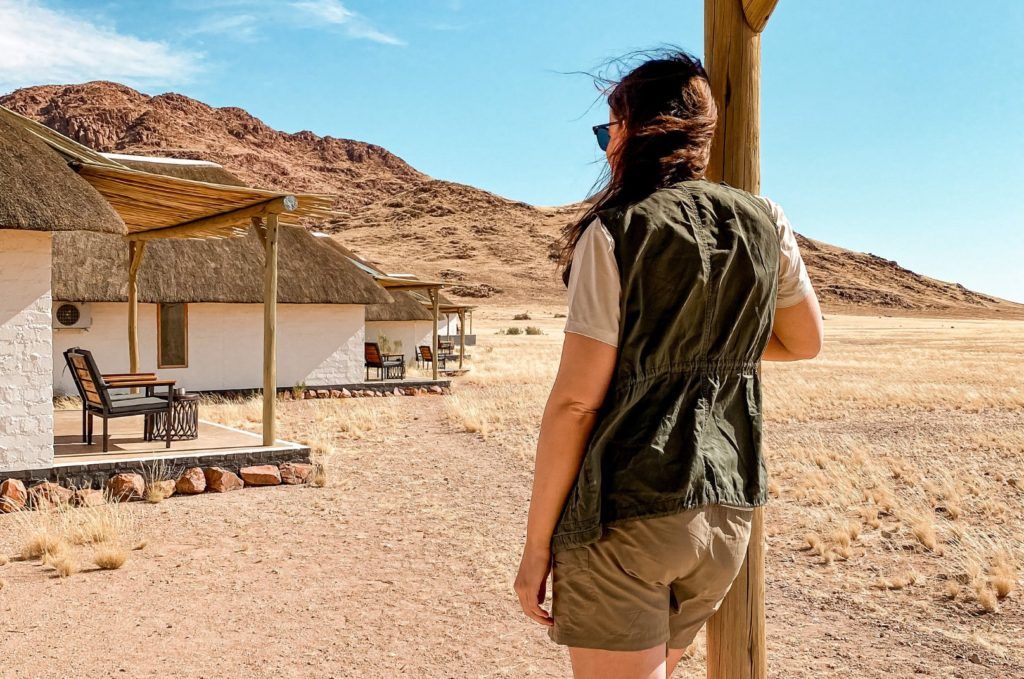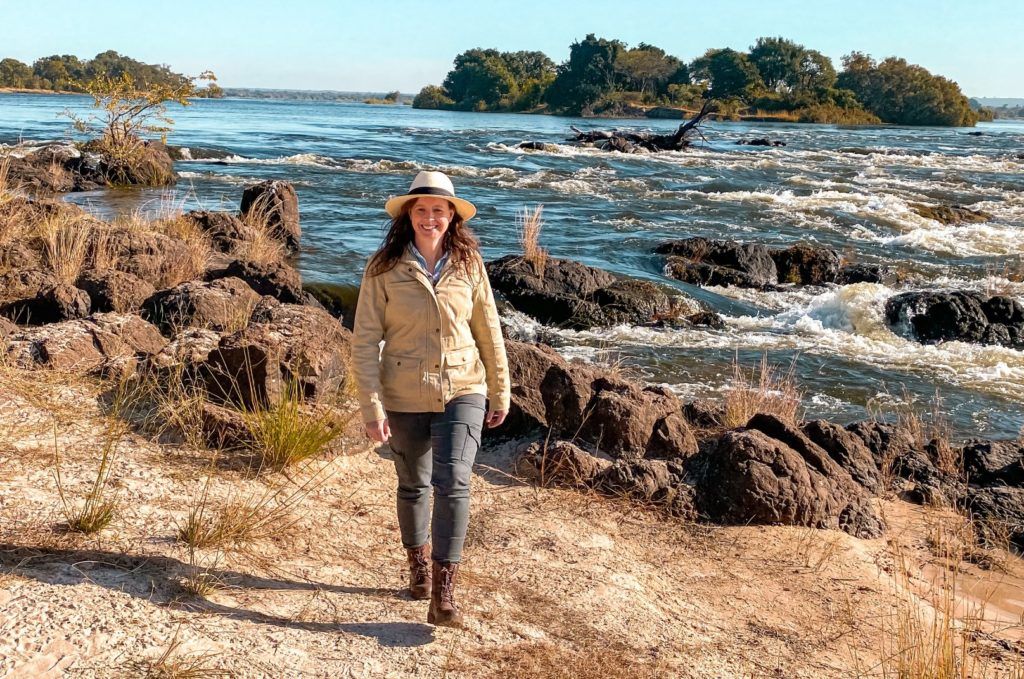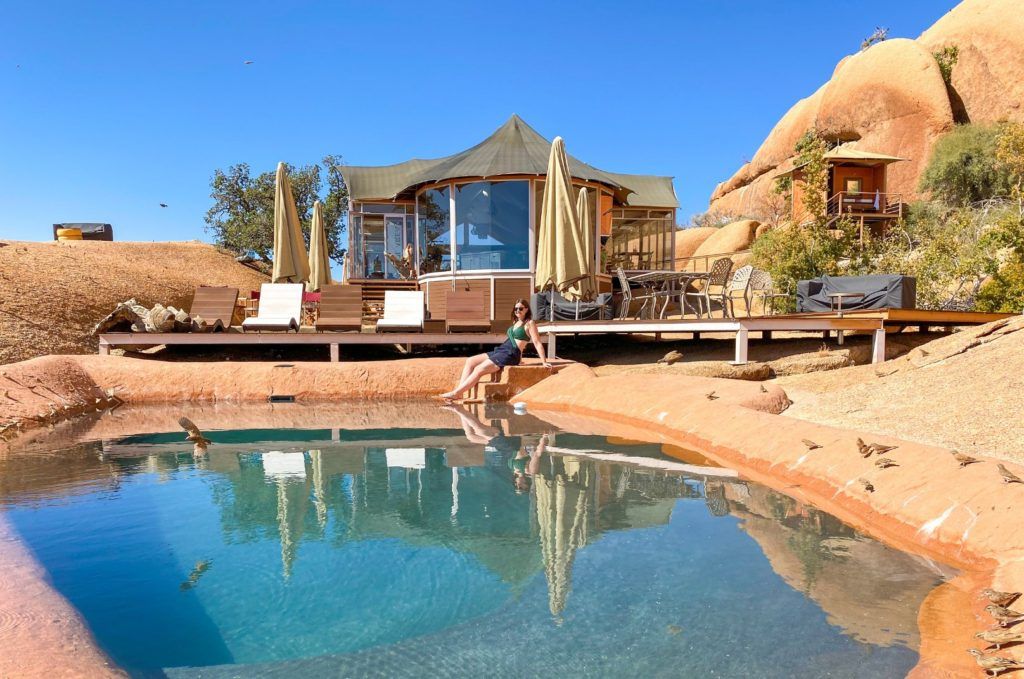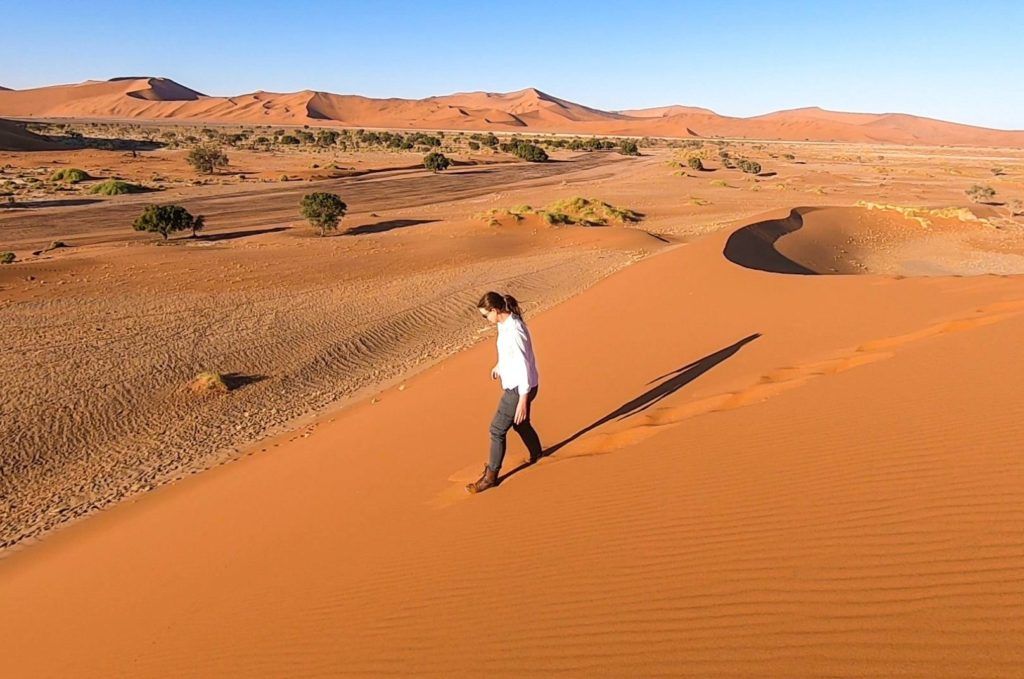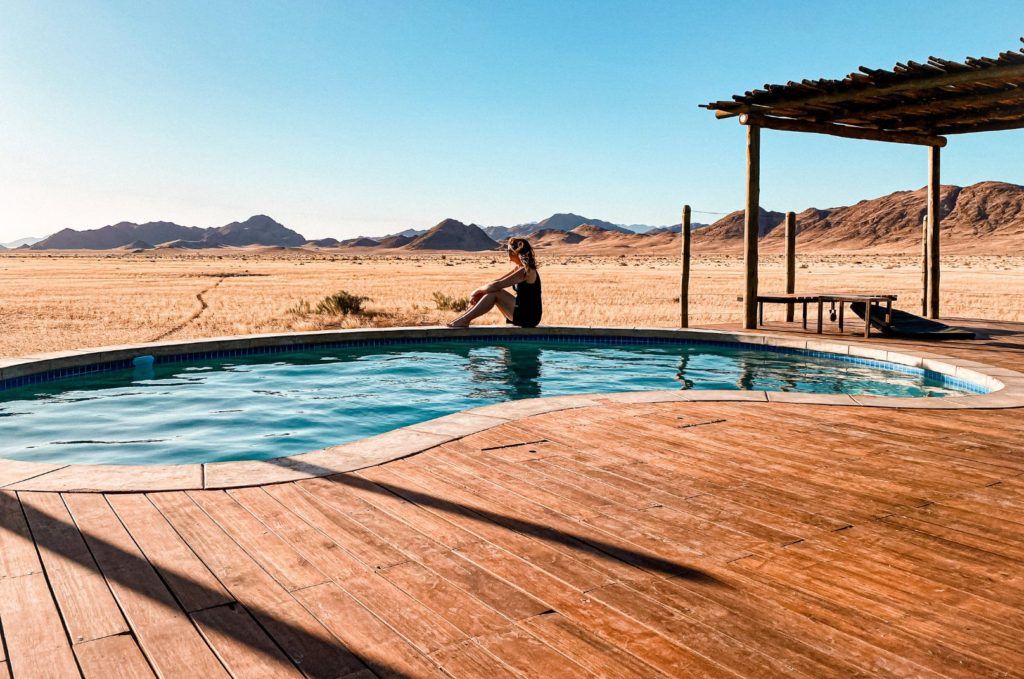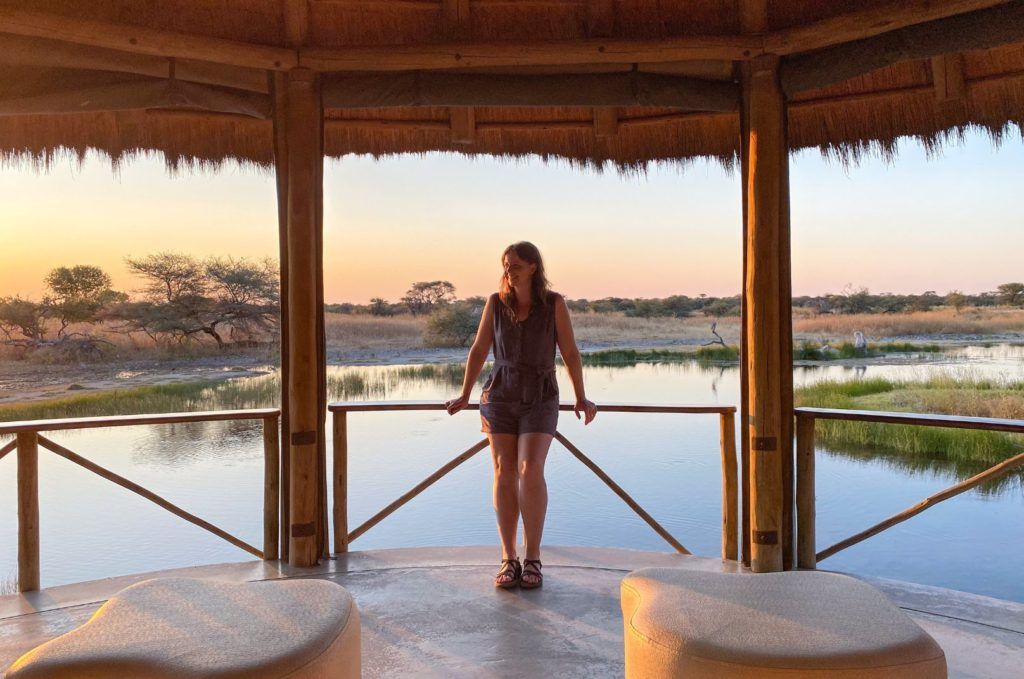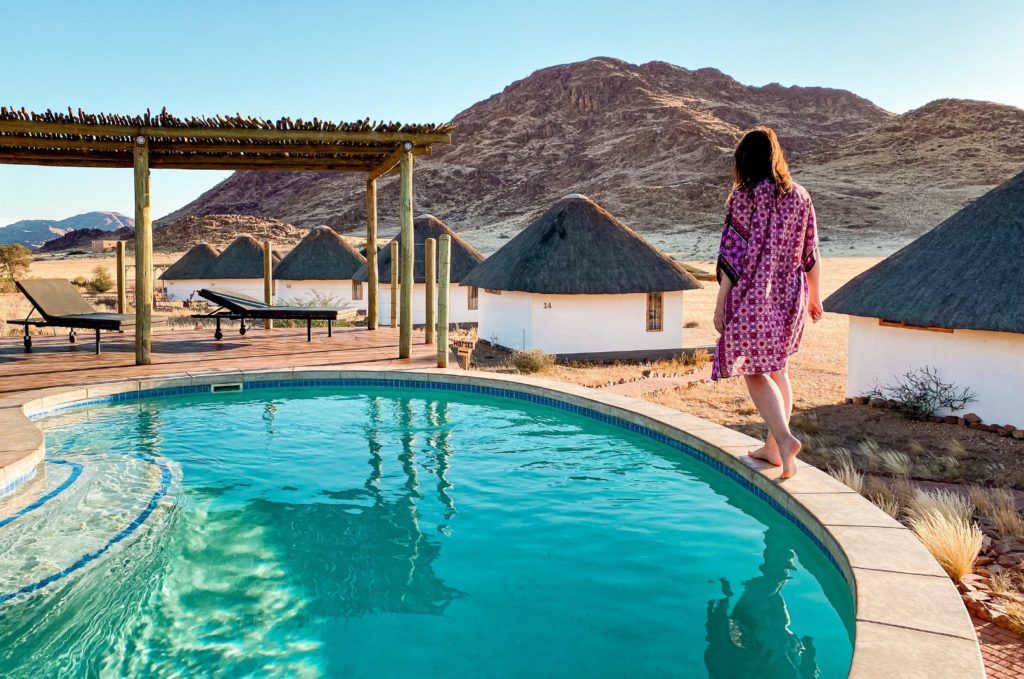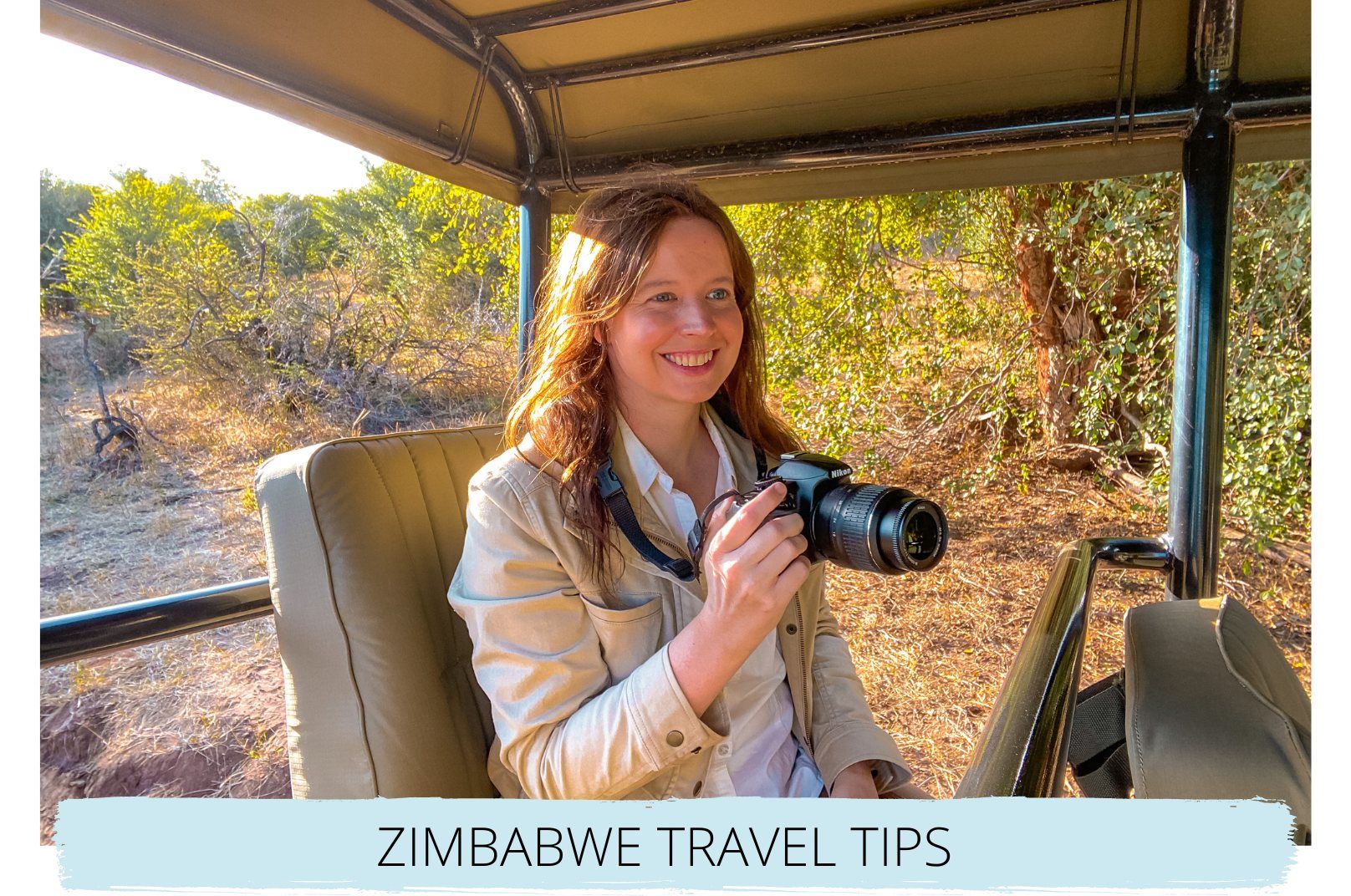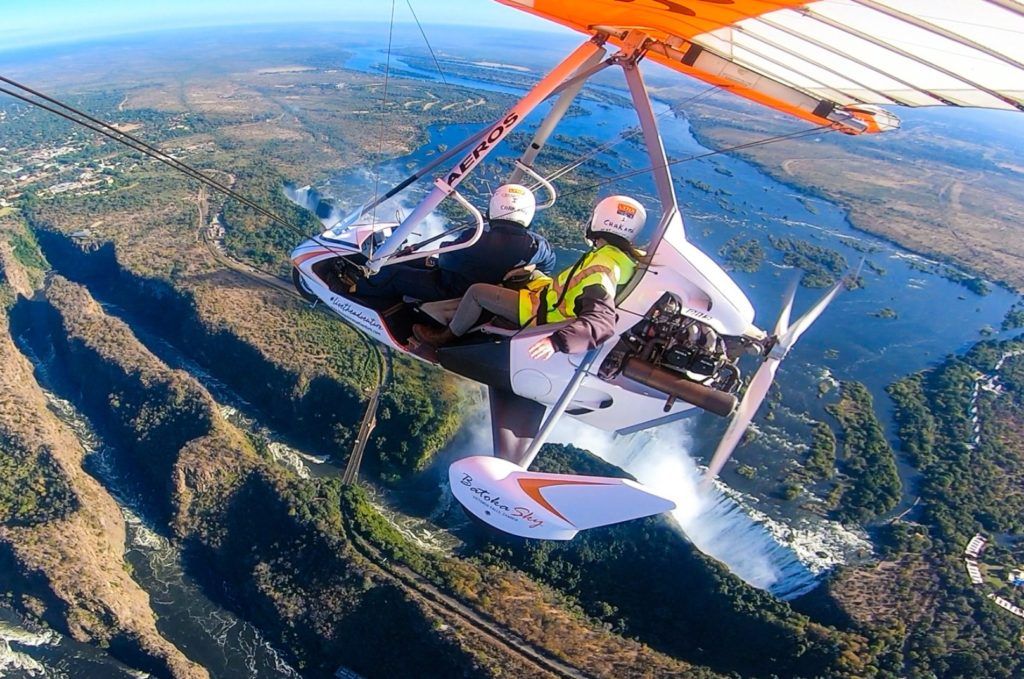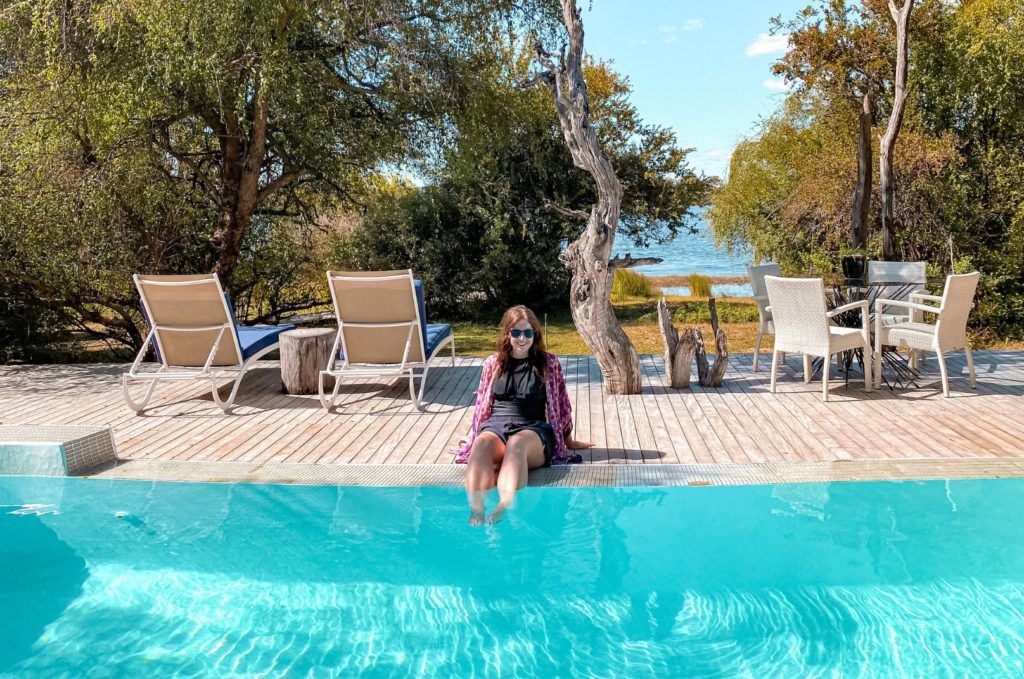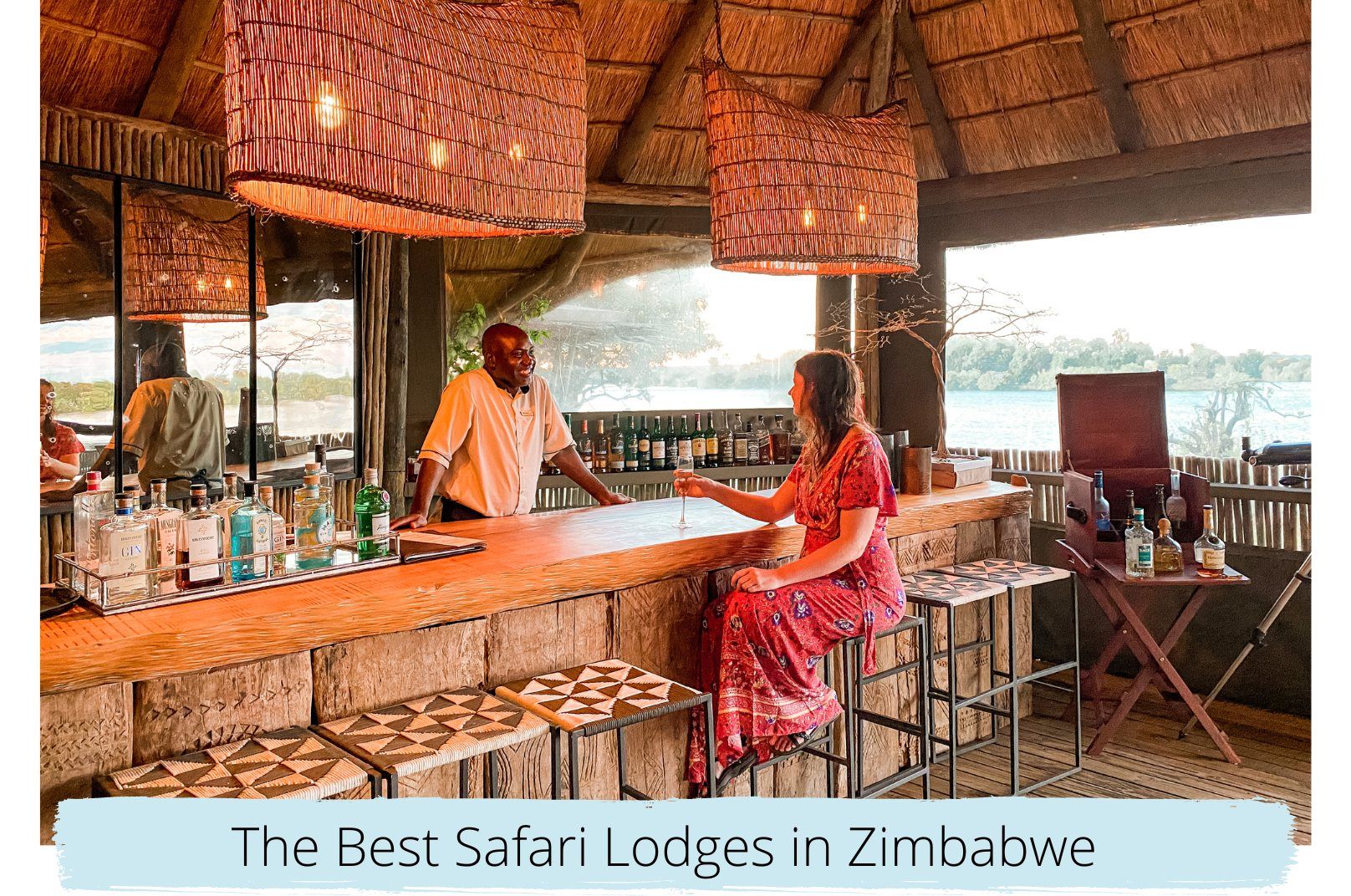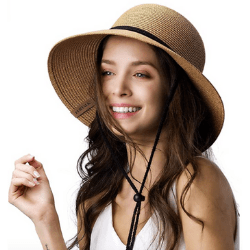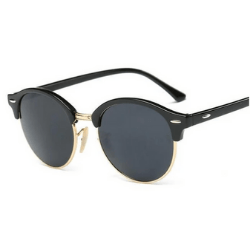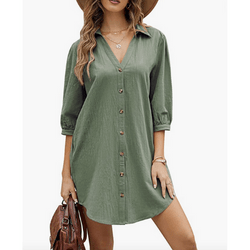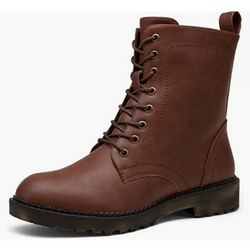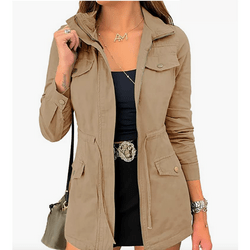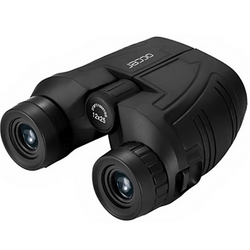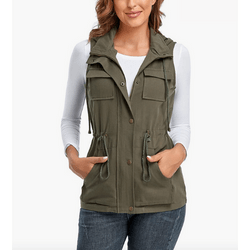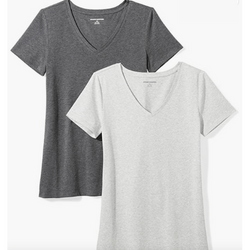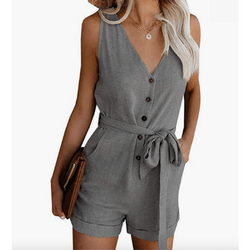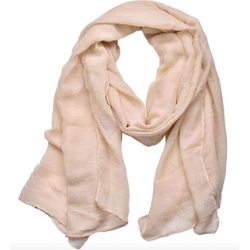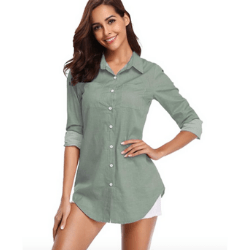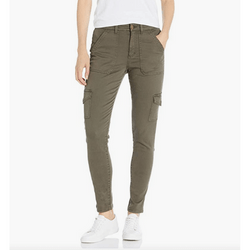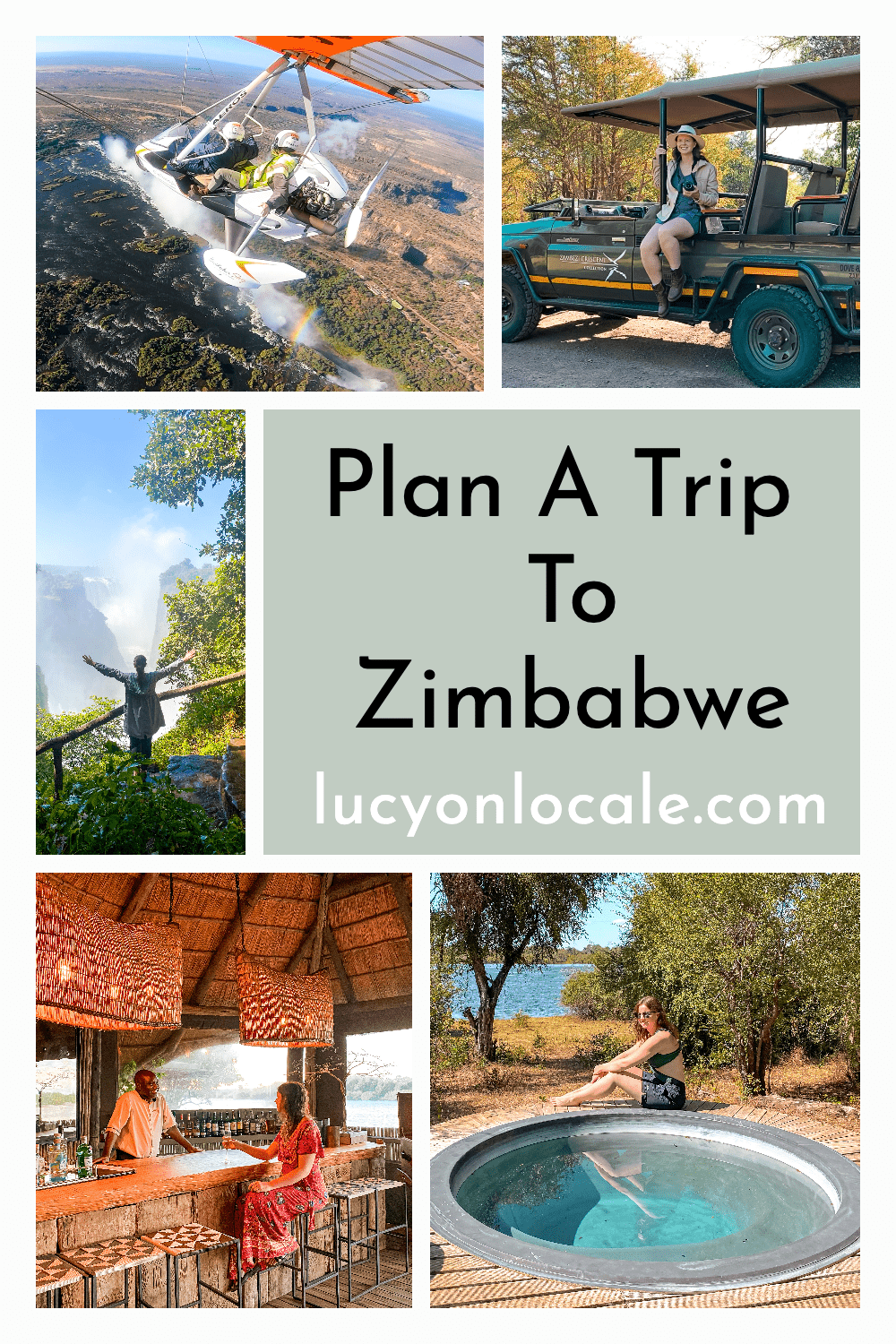June – September are the driest months of the year and the peak travel season because wildlife is easy to find around water holes. These months have the highest prices and crowds, so book your lodge and tours as far in advance as possible for your trip to Zimbabwe. Daytime temperatures average in the 60s and 70s (remember, it’s winter here), and nighttime temperatures can drop below freezing, so bring layers.
May, June, and October are the shoulder months. The rains will have stopped (or won’t have started yet), the landscape will be lush, and wildlife will be easily visible at waterholes (though not as high a concentration as in July – September). Travel costs will be less during these months, and the safari lodges and destinations won’t be overrun with tourists. Daytime temperatures range from the 60s to 80s, while nighttime temperatures can come close to freezing, so bring layers for the mornings and evenings.
November-March are the rainy and off-season months. It will be wet and humid, and wildlife will be hard to find because they won’t need to gather at watering holes. You can score some great accommodation deals during these months, though, and it can feel like you have the entire country to yourself.
April – July are the best months to visit Victoria Falls because its water level will be at its highest.
 Travel Shop
Travel Shop Merch
Merch Travel Tips
Travel Tips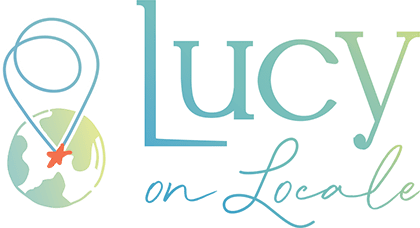
 Photography
Photography Points & Miles
Points & Miles Credit Cards
Credit Cards